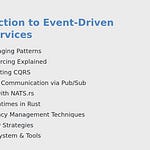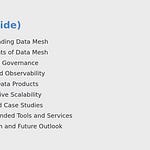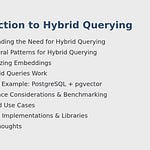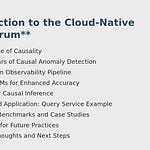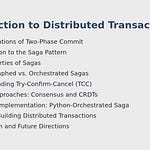Ah, APIs—those charming little interfaces that allow different software systems to talk, gossip, and share secrets with one another. They're like the digital matchmakers of the tech world, bringing together developers, applications, and services. But as with any relationship, change is inevitable. And sometimes, that change can feel like a break-up. Enter the hero of the hour: API versioning!
What is API Versioning, and Why Do We Need It?
In the world of software development, API versioning refers to the practice of managing changes to an API over time without breaking existing client applications. Imagine building a beautiful sandcastle that you want to maintain despite the tide coming in. Each wave represents a new feature or improvement, and you need to ensure that your castle remains strong, even as the sands shift.
Versioning is essential because APIs often evolve. New features can be added, while old ones might need to be deprecated. If you were to change an API without versioning, existing applications that rely on the old version may break, leading to a flurry of angry developers (and probably a few memes thrown into the mix for good measure).
The Different Types of Versioning
There are various ways to version an API, and each comes with its pros and cons. Let's break them down:
URI Versioning: Here, the version number is included in the API endpoint. For example:
/api/v1/users/api/v2/users
This method is straightforward, but it can lead to a proliferation of endpoints as versions accumulate.
Query Parameter Versioning: In this method, you specify the version as a query parameter. For instance:
/api/users?version=1/api/users?version=2
This can keep the URL clean but may not be as visible to API consumers.
Header Versioning: Developers can set the version in the request headers. For example:
GET /api/users
Accept: application/vnd.myapi.v1+json
This method is less intrusive to the URL but can be harder for clients to discover.
Content Negotiation: This method allows clients to request a specific version by negotiating the content type. It’s flexible but can be complex to implement.
Best Practices for API Versioning
When designing your API versioning strategy, consider the following best practices:
Semantic Versioning: Follow the rules of semantic versioning (MAJOR.MINOR.PATCH) to keep changes clear. Increment the MAJOR version for incompatible changes, the MINOR for backward-compatible changes, and the PATCH for bug fixes.
Deprecation Policy: Implement a clear deprecation policy to inform users ahead of time about impending changes. This will help them adjust to new versions smoothly.
Documentation: Maintain up-to-date documentation for all versions of your API. This helps developers understand what has changed and how to adapt.
Backward Compatibility: Strive to keep your API backward compatible as long as possible, allowing older versions to function even after new ones are introduced.
A Simple Example: API Versioning in Python
Let's take a look at a simple Python Flask application that demonstrates URI versioning:
from flask import Flask, jsonify
app = Flask(__name__)
@app.route('/api/v1/users', methods=['GET'])
def get_users_v1():
return jsonify({"users": ["Alice", "Bob"]})
@app.route('/api/v2/users', methods=['GET'])
def get_users_v2():
return jsonify({"users": ["Alice", "Bob", "Charlie"]})
if __name__ == '__main__':
app.run(debug=True)In this example, we have two versions of the same endpoint. The v1 endpoint returns two users, while v2 adds a third user. This simple change demonstrates how versioning allows for the evolution of an API without disrupting existing clients.
Libraries and Tools for API Versioning
Several libraries and services can help you manage API versioning effectively:
Django Rest Framework: This framework offers built-in support for versioning, allowing you to choose between different versioning schemes easily.
Flask-RESTPlus: If you're using Flask, this extension provides classes for building REST APIs and includes versioning support.
API Gateway Services (like AWS API Gateway): These services allow you to manage multiple versions of your APIs with ease and provide routing to the correct backend based on the version specified.
Closing Thoughts
API versioning may not be the most glamorous topic in the tech world, but it’s essential for keeping your applications running smoothly amidst inevitable changes. With thoughtful versioning practices, you can maintain strong relationships with your clients while allowing your APIs to grow and evolve.
Thanks for joining me today on this journey through API versioning. I hope you found it enlightening (and maybe even a little entertaining). Remember to come back and follow "The Backend Developers" for more insights, tips, and the occasional pun about the wonderful world of backend development. Until next time, happy coding!



